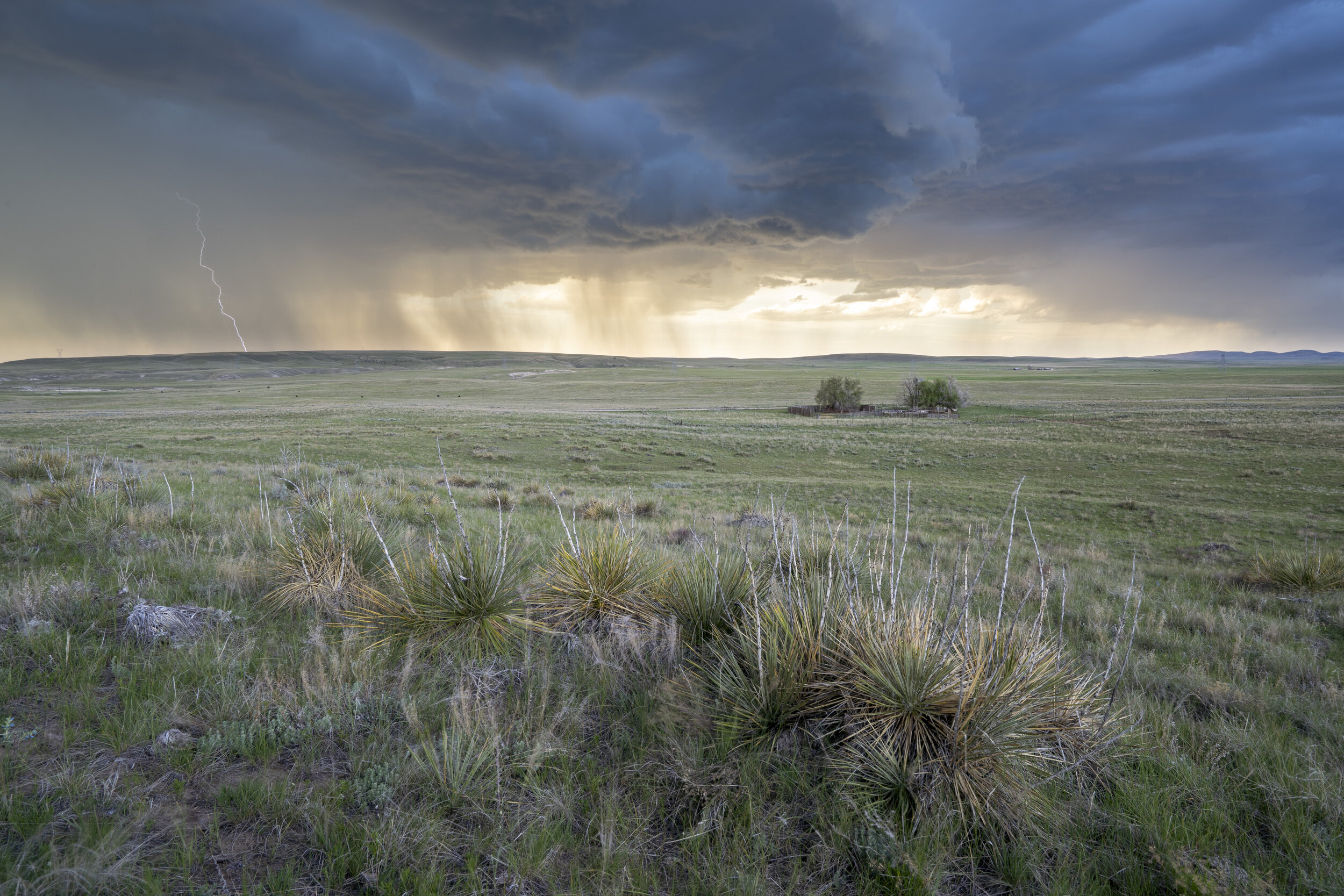
BCAS Articles

Ecostewards Track Changes in Distribution of Boulder County Wildlife
Since 2007, three-dozen Boulder County volunteer ecostewards have noted distribution of birds, mammals, herps, and butterflies in more than 20 adopted areas.

Conservation Corner
In the time of the novel coronavirus, decision-making bodies on local environmental issues are all on hold while local and state governments concentrate on those parts of the crisis for which they have to assume responsibility.

What does it take to be a Habitat Hero?
Simply, this is a gardener who is willing to adjust their practices to nurture and sustain plants and animals that have evolved together in a given area.

Conservation Corner
Black-tailed prairie dogs once occupied a territory hundreds of miles wide, stretching from Mexico to Canada. We have now converted nearly all of that grassland to cropland for wheat, corn, other crops; pastures of European grasses; or paved it over for homes and shopping centers. We also introduced sylvatic plague (bubonic plague in humans), a disease that did not exist in North America and for which prairie dogs are not evolved to deal with.

Fluctuating Numbers of Wintering Raptors Reflect a Cold Northern Winter and a Locally Fractured Environment
Since 1983, volunteers with the Boulder County Nature Association have monitored winter raptors. Volunteers driving six survey routes throughout the plains of Boulder County detected more wintering raptors during 2018-19 than had been seen during any previous fall-winter season (15 October-15 March) of the 30-year study.
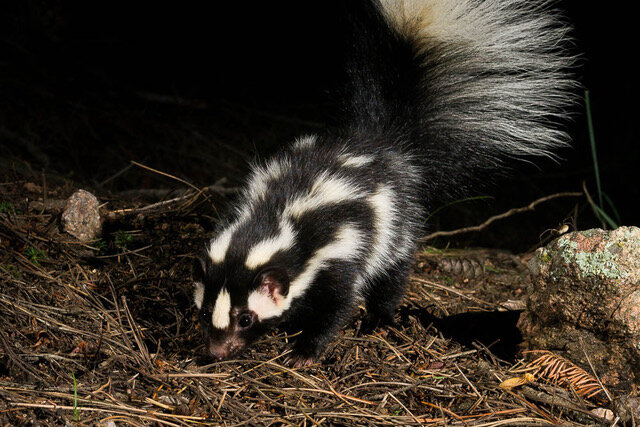
Encounters with Nature: The Western Spotted Skunk
The uncommon, diminutive, and spotted skunk inhabits rocky canyons, foothills, and montane riparian habitats below 8,000 feet in elevation. It uses rocky outcrops and logs for dens and can be found near where people live.
![First Documented Nesting of Boreal Owl in Rocky Mountain National Park [found on a BCAS Field Trip!]](https://images.squarespace-cdn.com/content/v1/605774b62adaca3d245caad5/aa4579da-2ce9-4dc0-809c-70f9edbb5e29/BorealOwl.jpg)
First Documented Nesting of Boreal Owl in Rocky Mountain National Park [found on a BCAS Field Trip!]
On April 9th 2019, during an Owl Prowl Interludes with Nature field trip for Boulder County Audubon, we discovered a vocalizing Boreal Owl within Rocky Mountain National Park. I and a few of the participants even saw it enter a cavity and then quickly exit.
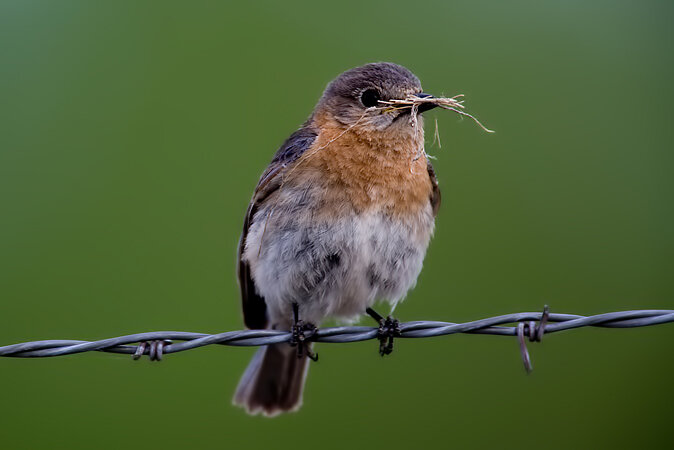
Reflections on a First Season of Bluebird Box Monitoring
This summer was a first for me; my family and I volunteered as Wildlife Monitors for the Boulder County Parks and Open Space Bluebird Nest Box Monitoring Program! Once every week or so, after breakfast, we would head out to the beautiful Bald Mountain and set off through the trees to check on the bird boxes and record observations.
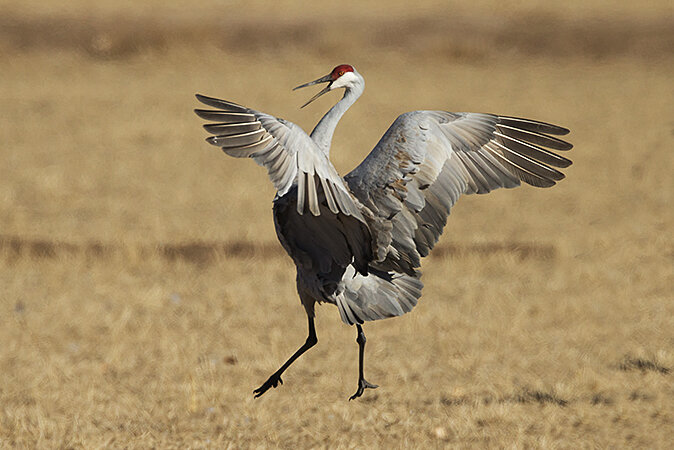
Boulder County Audubon Teen Naturalists Highlight Another Successful Year
If you’d searched for the Boulder County Audubon Teen Naturalists in 2018-2019, you’d have found them observing wildlife near and far.

Be a Habitat Hero!
Boulder County Audubon is embarking on a sustained effort to encourage the use of native, low water plants in Boulder County gardens.
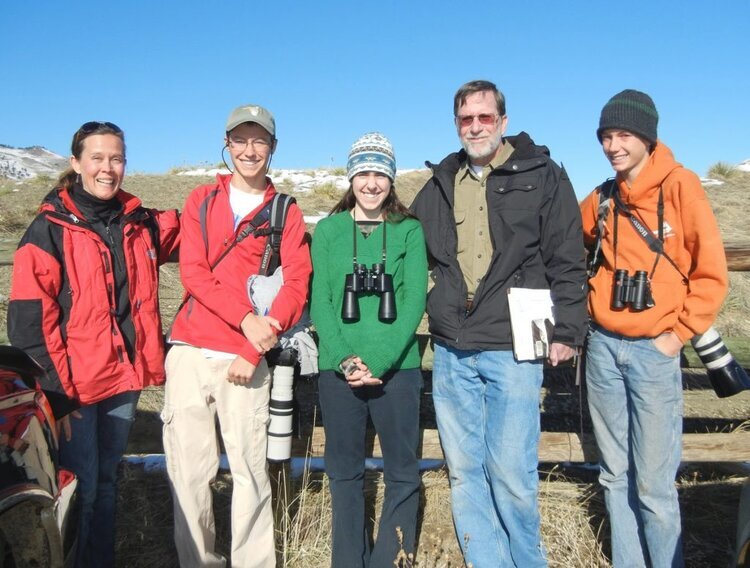
BCAS Teen Naturalists Inventory Raptors, Conduct Breeding Bird Surveys, and Photograph Wildlife
Boulder County Audubon teen naturalists inventoried raptors along the Rabbit Mountain Survey Route, counting a total of 56 eagles, hawks, and falcons during a single morning; toured the Birds of Prey Rehabilitation Foundation flight cages in Broomfield; photographed courting ducks at Wheat Ridge Greenbelt; and contributed enthusiastically to the Boulder Christmas Bird Count.
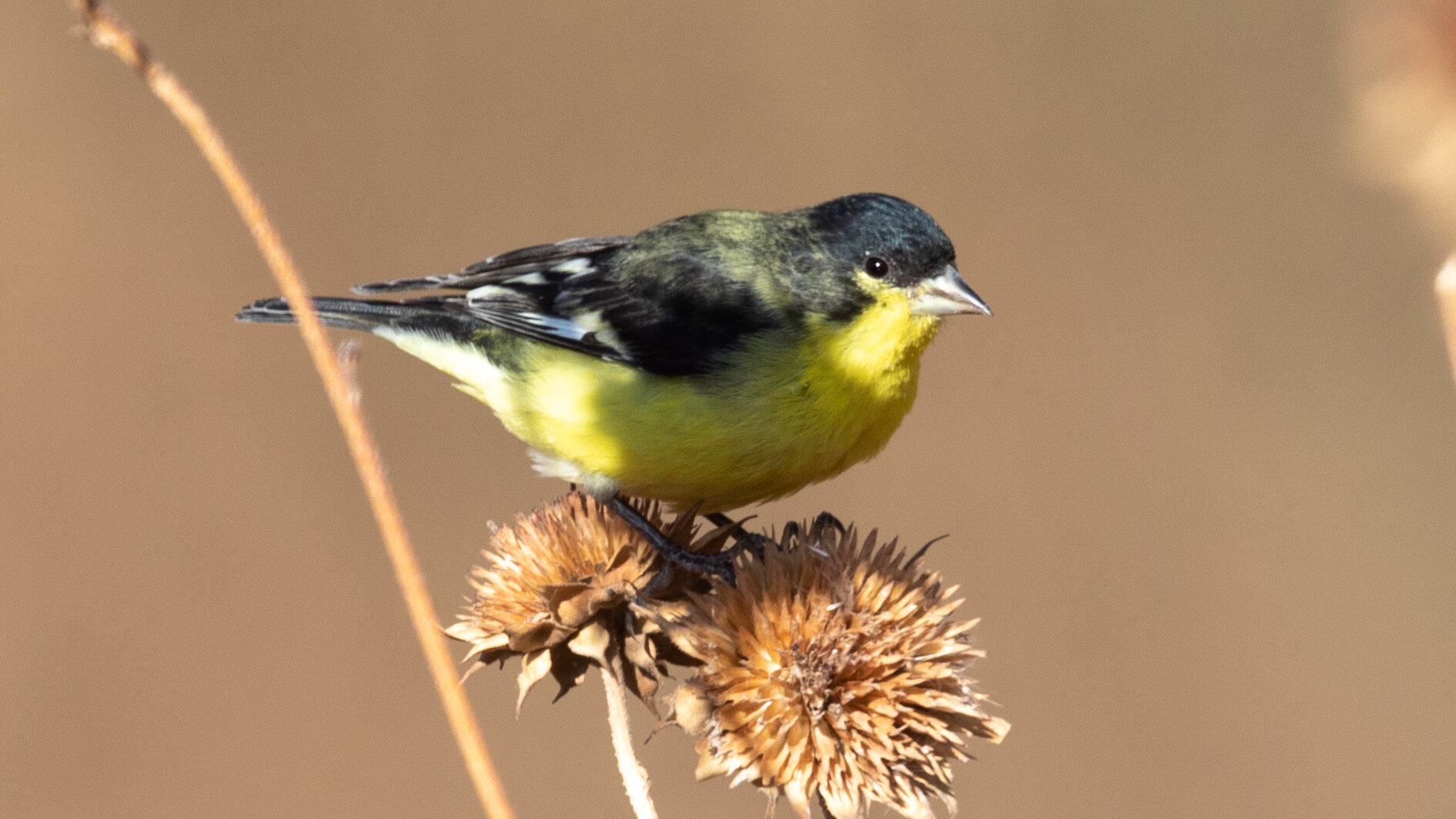
Cultivating Untidyness
Biologists talk about diversity in terms of both species diversity, the number and kind of species found in a particular area, as well as structural diversity, the form of the community. A typical yard with lawn, raked flower beds, and specimen shade trees is not diverse by either measurement. It may be tidy, but it provides habitat for very few native species.

How to Attract Birds to Your Garden
Birds are also necessary components of balanced ecosystems, no matter if you live in the mountains or on the plains, in a suburban neighborhood, or in the foothills. More and more gardeners are realizing the importance of attracting birds to their gardens.

